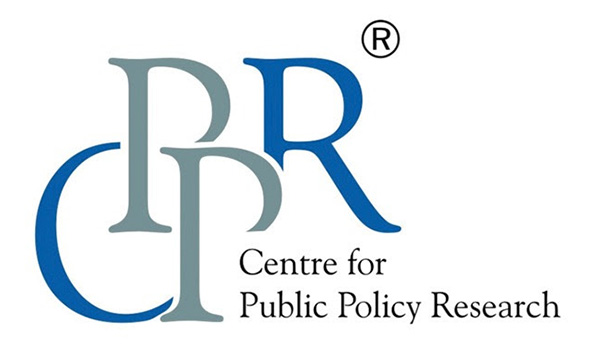All Events

CPPR TOWNHALL on India’s road to E-Mobility: Obstacles and Opportunities
November 3, 2021
Vietnamese Prime Minister Attends COP-26 and Meets Strategic Partners
November 10, 2021CPPR TOWNHALL on India’s road to E-Mobility: Obstacles and Opportunities

Organised by: Centre for Public Policy Research, Kochi.
Date & Time: November 3, 2021 at 05:00 PM
Townhall Theme: India’s road to E-Mobility: Obstacles and Opportunities
Proceedings Report
Speaker:
- R Edsley Neoson Daniel, Transport Expert & Senior Urban Project Development Specialist, Asian Development Bank & Research Fellow (Urban Mobility & Climate Change), CPPR
Moderator:
- Dr. D Dhanuraj, Chairman, Centre for Public Policy Research (CPPR)
Highlights
Townhall Report:
- An ample number of discussions and initiatives on electric vehicle mobility by the Centre and State governments of India, in the last six years, since the Paris Climate Agreement of 2015 has showcased both opportunities and obstacles for the Indian electric vehicle (EV) sector.
- Dr. Dhanuraj, the moderator was keen to know whether the trajectory of the policies is heading in the right direction.
- Daniel affirmed that the policies are being made in the right direction however there are obstacles and opportunities to pay heed to while transitioning from Internal Combustion Engines (ICE) to electric vehicles (EVs). He claimed that the additional demand on the grid in the future should be adequately planned for an easy transition.
- As the vehicle ownership of urban areas is 1:1 or 0.8:1, the rapid transition to EVs might create a sudden variable demand in certain pockets of the country and therefore the capacity of the grid needs attention. A robust road map on the same would be helpful for the governments to take an informed decision.
- Dr. Dhanuraj cited reports stating the investment opportunities on Indian EVs and emission reduction levels contributed by EVs. Despite the opportunities, Dr. Dhanuraj wished to know the focus of the governments at present especially with regard to the different vehicle segments – two-wheelers, Passenger Car Vehicles (PCVs) and Commercial Vehicles (CVs).
- Daniel, while speaking on the substantive transition in technology, said the focus is presently on PCVs because of their easy technological adaptability when compared to the public transport buses or CVs segment.
- Further, he emphasised the capacity deficit of State Transport Undertakings (STUs) to run electric buses because of the requirement from various departments – energy, chemical engineering etc.
- There needs to be prioritization of increasing the number of electric buses, for at least the next two years, so that the existing users do not completely leave out the system and thereby bringing in the effective utilisation of electric buses procured and operated by the governments.
- Daniel brought out an etymological perspective on the electric vehicle – ‘range anxiety’ over its ‘range problem’ which is seen as a concern and can be countered with technological upgradation in the EV batteries.
- Further, an interesting analogy of Indian telephone booth extinction was cited with regard to the need for public investments in electric charging stations where a slight change (two times the present range of the battery) would bring down the cost. There is need to invest in public charging stations.
- On the bigger positives, Daniel pointed out that there would be ‘zero tailpipe emissions’ when there is an effective EV transition which also helps in intangible co-benefits on health, social mobility etc.
- Finally, Daniel reiterated the need for better internal and institutional capacity building of the organisation for the effective procurement of the public EVs. On Viability Gap Funding (VGF), the maturity seen on growth should also capture the essence of public transport.
Report by Arun Kumar S, Research Intern, CPPR
In case you missed it, watch the event video recording here: https://www.cppr.in/videos/cppr-townhall-on-indias-road-to-e-mobility-obstacles-and-opportunities

